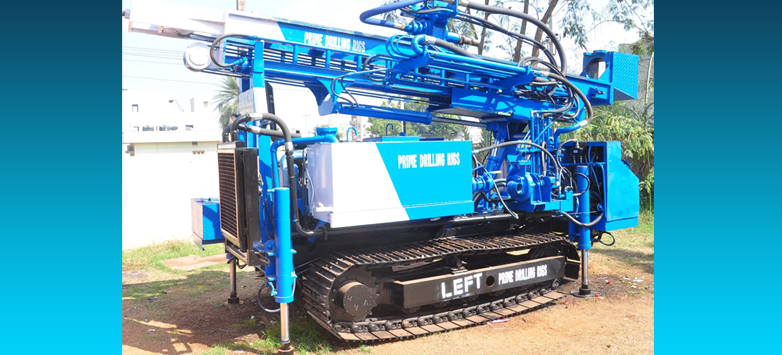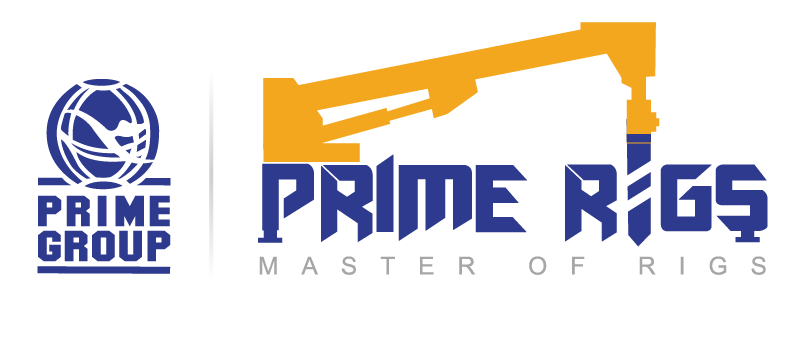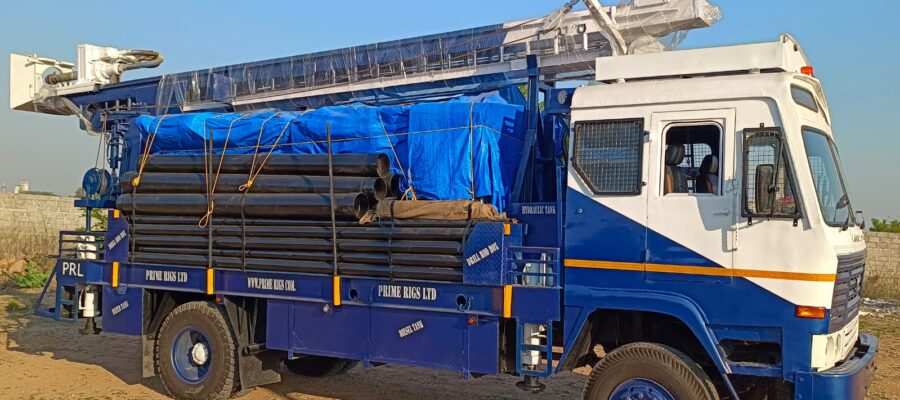
A drilling rig is a machine that is used to create holes in the earth’s surface for oil and gas extraction, mining, water wells, and other purposes. The drilling rigs typically consist of a derrick, drilling machinery, hoisting equipment, and various tools and support systems. The drilling process is typically accomplished by rotating a drill bit attached to the end of a drill pipe and applying pressure to the drill bit to create a hole in the earth’s subsurface.
Foundation drilling is the process of creating holes in the ground to support the foundation of a building or structure. It involves the use of specialized equipment, such as a drilling rig, to create holes of various sizes and depths to accommodate the foundation’s support system. Thus, below are some steps involved in foundation drilling.
- Site assessment: Determine the location and size of the holes required for the foundation, taking into consideration the soil type, groundwater levels, and other site-specific factors.
- Excavation: Dig out the area where the drilling will take place, making room for the drilling rig and providing access to the drilling site.
- Setting up the drilling rig: Assemble the drilling rig, connect the drill pipes, and set up the drilling machinery.
- Drilling: Start drilling the holes, rotating the drill bit, and applying pressure to the drill pipe to create the holes.
- Reinforcing the holes: Once the holes are drilled, they are reinforced with steel casing or concrete to provide additional stability and support.
- Installing the foundation: Place the foundation elements, such as concrete piers or caissons, into the holes and secure them in place.
- Backfilling: Fill the excavation with soil and compact it to support the foundation and surrounding areas.
- Casing Installation: Before drilling the hole, it may be necessary to install a casing around the hole to prevent collapse or contamination of the hole. This is especially important in areas where the soil is unstable or prone to cave-ins.
- Grouting: After the foundation support has been placed, grouting may be used to fill any gaps between the support and the soil to provide additional stability and support.
- Load Testing: After the foundation support is in place, it is important to perform load testing to ensure that it can support the weight of the structure. This may involve applying a load to the support and measuring its deflection or stability.
In conclusion, foundation drilling is a crucial step in ensuring the stability and strength of a building or structure. It requires careful planning, specialized equipment, and experienced personnel to ensure that the project is executed safely and effectively. The process involves several steps, including site assessment, drilling equipment selection, preparation, drilling, reinforcement, placement of foundation support, casing installation, grouting, load testing, and backfilling. Each step is important to ensure the foundation is secure and capable of supporting the weight of the structure.
Foundation drilling can be a complex process, and it is important to work with qualified and experienced drill suppliers to ensure that the project is completed successfully. By following these steps, a foundation drilling project can be completed safely and effectively, providing the foundation for a secure and stable structure.
Recent Post
- Frequent Used: Heavy Construction Equipment and Instruments
- What Type of Water Drilling Should You Choose?
- How To Choose The Perfect Drilling Rig To Buy?
- Tips For Selecting the Right Drilling Rig According to Your Need
- Water Well Drilling: Numerous Advantages
- How To Find Affordable And Reliable Water Well Drilling Rigs For Sale?
- Everything You Need to Know About Water Construction Rigs
- Water Drilling Rigs: Know The Different Types
- Refurbished Borehole Drilling Machine: Is It Worth The Purchase?
- Safety for the Construction Industry: Why Does it Matter?
- Milling Or Drilling: Which Is The Right Process To Choose?
- Choosing A Construction Truck Rigs Supplier Keeping Perfection In Mind
- Factors That Can Help You Select The Best Water Well Drilling Rig
- What Makes Drilling Rigs Different From Milling Rigs?
- Water Well Drilling Rig: All You Need to Know About It
- Do’s and Don’ts of Choosing the Right Rigs
- Underground Drilling Rigs: Features That Make Them Unique And Most Recommended
- What are construction drilling rigs? Why do companies need them?
- How do drilling companies help you with core drilling exploration?
- Key Features and Benefits of Drilling Machines in the Construction Industry
- Exploring the Advantages of Portable Borewell Drilling Technology
- How to Choose the Right Drilling Rig for Your Needs
- Reasons to Invest in Absolute Guide for Rotary Drilling
- Selecting the Ideal Drilling Rig: Ensuring Safety, Efficiency and Cost-Effectiveness





